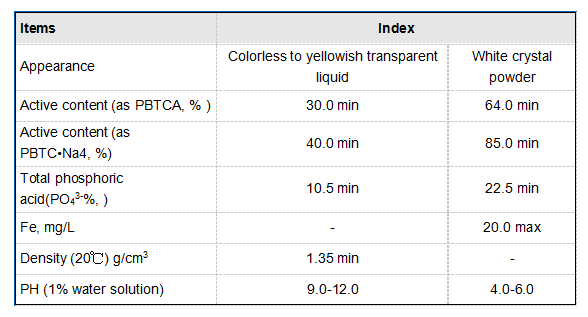The Role of Coagulants and Flocculants in Efficient Water Purification Processes
Coagulants and Flocculants in Water Treatment Essential Agents for Clean Water
Water treatment is a crucial process that ensures the safety and quality of drinking water. Among the various techniques employed, the use of coagulants and flocculants has emerged as a vital method in the removal of suspended solids and contaminants. This article explores the roles, mechanisms, and importance of these agents in water treatment processes.
Understanding Coagulants
Coagulants are chemicals added to water to promote the aggregation of particles. They work by neutralizing the charges on suspended particles, allowing them to clump together and form larger aggregates known as flocs. Commonly used coagulants include aluminum sulfate (alum), ferric sulfate, and polyaluminum chloride. These substances are particularly effective because they can destabilize the colloidal particles that are normally kept in suspension due to their negative charges.
The coagulation process is generally initiated when the coagulant is added to the water, followed by rapid mixing to distribute the chemical evenly. This mixing allows the coagulant to come into contact with the particles, initiating the neutralization process. Depending on the water quality and the nature of the impurities, different dosage levels of coagulants may be required to achieve optimal results.
The Role of Flocculants
Flocculants are substances used in conjunction with coagulants to facilitate the settling of the formed flocs. After coagulation, flocculants help to gather the smaller flocs into larger aggregates that can be easily removed from the water. Flocculants often come in the form of long-chain polymers that can promote the bridging of particles, enhancing the formation of flocs.
Unlike coagulants, which are primarily ionic in nature, flocculants are typically organic compounds, including polyacrylamides and natural materials like starch. They enhance the physical properties of the flocs, allowing them to settle faster in the sedimentation tanks. The use of flocculants reduces the required space and time for sedimentation, leading to improved efficiency in water treatment plants.
coagulants and flocculants in water treatment

The Interaction of Coagulants and Flocculants
For optimal water treatment, the combination of coagulants and flocculants is essential. The coagulant performs the initial task of destabilizing the particles, while the flocculant assists in the aggregation and settling process. This synergy not only improves the clarity of the treated water but also minimizes the need for further treatment stages.
The effectiveness of these agents can be influenced by various factors, including pH, temperature, and the nature of the particles. It is crucial for water treatment facilities to continuously monitor these parameters to ensure proper dosage and application of coagulants and flocculants.
Environmental and Health Considerations
While coagulants and flocculants are essential in water treatment, their use must be managed carefully to avoid potential environmental and health issues. For instance, residual coagulant chemicals can enter the water system if not adequately removed, posing risks to human health and aquatic life. Therefore, regulations and guidelines, such as those established by the United States Environmental Protection Agency (EPA), must be adhered to in order to maintain safe levels of these chemicals in drinking water.
Moreover, advancements in technology are leading to the development of more environmentally friendly coagulants and flocculants. Natural options, such as chitosan derived from crustacean shells and bio-based polymers, are increasingly being explored for their effectiveness and lower environmental impact.
Conclusion
Coagulants and flocculants play a pivotal role in modern water treatment processes. They enhance the removal of impurities, improve water clarity, and ensure that drinking water is safe for consumption. As water scarcity and quality issues continue to be a global concern, the importance of these chemical agents will only grow. Continued research and innovation in the field of water treatment will ensure that coagulants and flocculants are used effectively and sustainably, contributing to cleaner and healthier water resources for communities worldwide.
-
Pbtc Scale InhibitorPBTC: A Scale Protector for Industrial Water TreatmentNewsAug.05,2025
-
Organic Phosphonate: An Efficient Defender in the Field of Scale InhibitionNewsAug.05,2025
-
Hydrolyzed Polymaleic Anhydride: Green Pioneer in Scale Inhibition FieldNewsAug.05,2025
-
PAPEMP Polyamino Polyether Methylene Phosphonic Acid For SaleNewsAug.05,2025
-
Flocculant Water Treatment: A Pioneer in Purification in the Field of Water TreatmentNewsAug.05,2025
-
Benzyl Isothiazolinone: An Efficient and Broad-Spectrum Antibacterial Protective GuardNewsAug.05,2025





